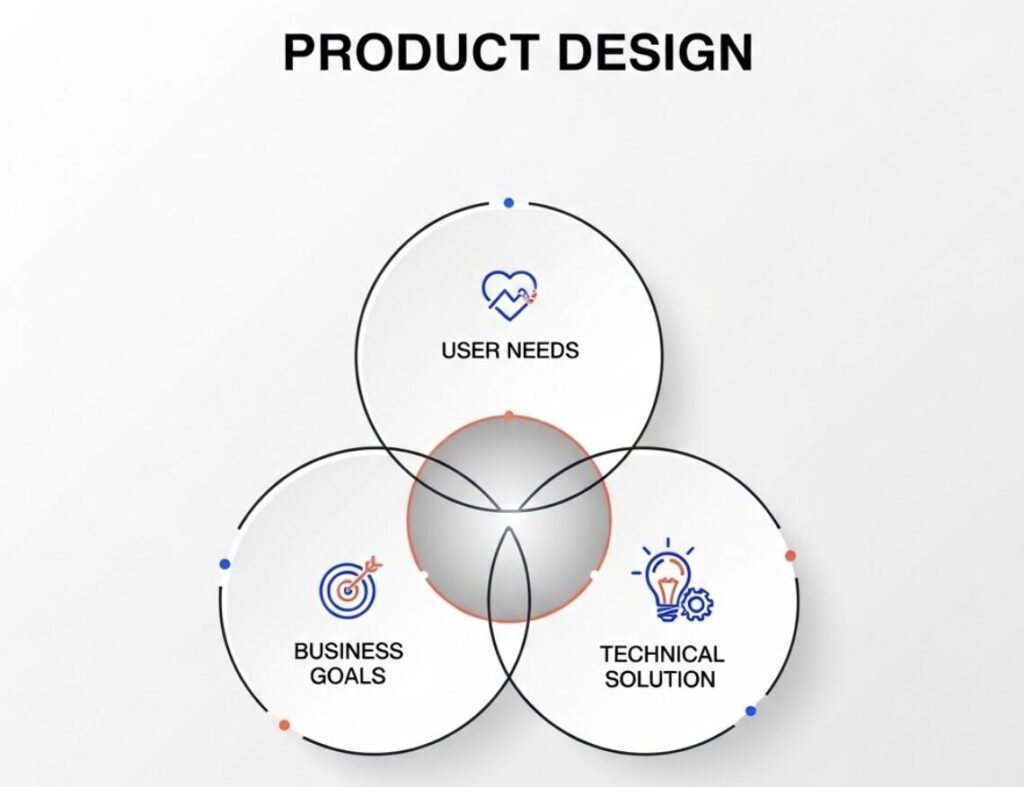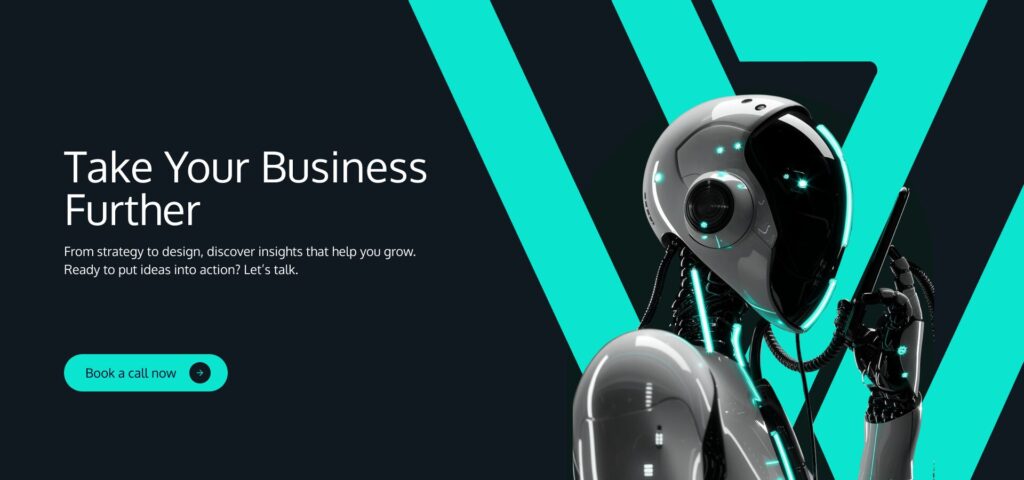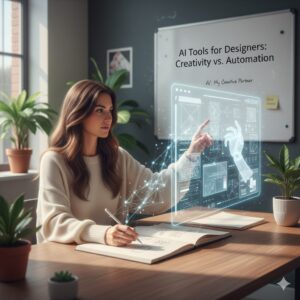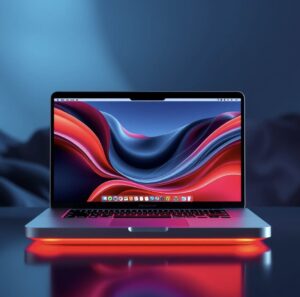
What Is Product Design?
Product design is the process of creating products that solve user needs and meet business goals through meaningful and intuitive experiences. It’s not just about making something look beautiful — it’s about understanding what users need and how to provide a practical, appealing solution.
A well-designed product blends usability, functionality, and emotion. It connects with users on a deeper level by offering solutions that are not only efficient but also enjoyable to use.
Insight from Our Product Team

Juan, from Wandr’s product team, highlights that great product design bridges empathy with strategy — connecting what users want with what the business aims to achieve.
Why Product Design Is Important for Businesses
For companies, product design is a powerful strategy to gain insights into their users, stand out from the competition, and ultimately increase sales.
When done right, it helps businesses:
- Understand real user behaviors and pain points.
- Build stronger emotional connections with customers.
- Differentiate their brand through superior usability and experience.
- Increase customer retention and loyalty.
In essence, if users love your product, they’ll keep coming back — and tell others about it.
Pros and Cons of Product Design
Pros
- Drives innovation by encouraging creative solutions.
- Makes products easier and more intuitive to use.
- Builds loyalty through user satisfaction and trust.
Cons
- Requires time and resources to research, test, and iterate.
- Can be challenging to balance user needs, business goals, and technical constraints.
- Involves continuous collaboration across multiple teams, which may slow processes.
Despite these challenges, the long-term return on investment is undeniable.
Common Mistakes in Product Design
Even experienced teams can fall into common product design traps:
- Skipping user research: Designing based on assumptions instead of real data.
- Overcomplicating the product: Adding unnecessary features that confuse users.
- Ignoring accessibility: Excluding users with different abilities and needs.
- Not iterating designs: Launching without proper testing or improvement cycles.
Successful product design is iterative — it evolves based on feedback, testing, and real-world use.
Top Product Design Tools
Modern product design relies on an ecosystem of tools that support every stage of the process — from research to prototyping.
User Research & Testing
- Hotjar or FullStory — for heatmaps and session recordings that reveal user behavior.
- Maze or Lookback — for remote usability testing and live user interviews.
Design & Collaboration
- Figma — the industry standard for collaborative interface design (replacing older tools like Sketch).
- Miro — ideal for mapping user flows, journey maps, and information architecture.
Prototyping
- ProtoPie, Principle, or Framer — to create interactive prototypes with animations and logic that simulate real app behavior.
These tools allow teams to visualize, test, and refine their ideas before development, saving time and ensuring alignment with user needs.
Wandr’s Perspective on Product Design
At Wandr, product design is at the core of every project. The team integrates research, UX strategy, and design thinking to create products that bridge business objectives with real human needs. By combining creativity and data-driven insights, Wandr helps companies deliver digital experiences that users genuinely love.
Conclusion
Product design is not just about visuals — it’s about crafting solutions that matter. Companies that invest in understanding their users and iterating based on feedback gain a competitive advantage that goes far beyond aesthetics.
With the right tools, mindset, and strategic approach, product design becomes a key driver of innovation, loyalty, and long-term growth.

FAQs About Product Design
1. What skills does a product designer need?
A mix of UX research, interaction design, visual design, and collaboration skills — plus empathy for users.
2. How is product design different from UX design?
UX design focuses on user experience, while product design also includes business strategy, technical feasibility, and market fit.
3. How long does a product design process take?
It varies by project, but typically includes research, design, testing, and iteration — often over several weeks or months.
4. What’s the role of prototyping in product design?
Prototyping allows teams to test ideas, gather feedback, and refine the product before development, saving time and cost.







